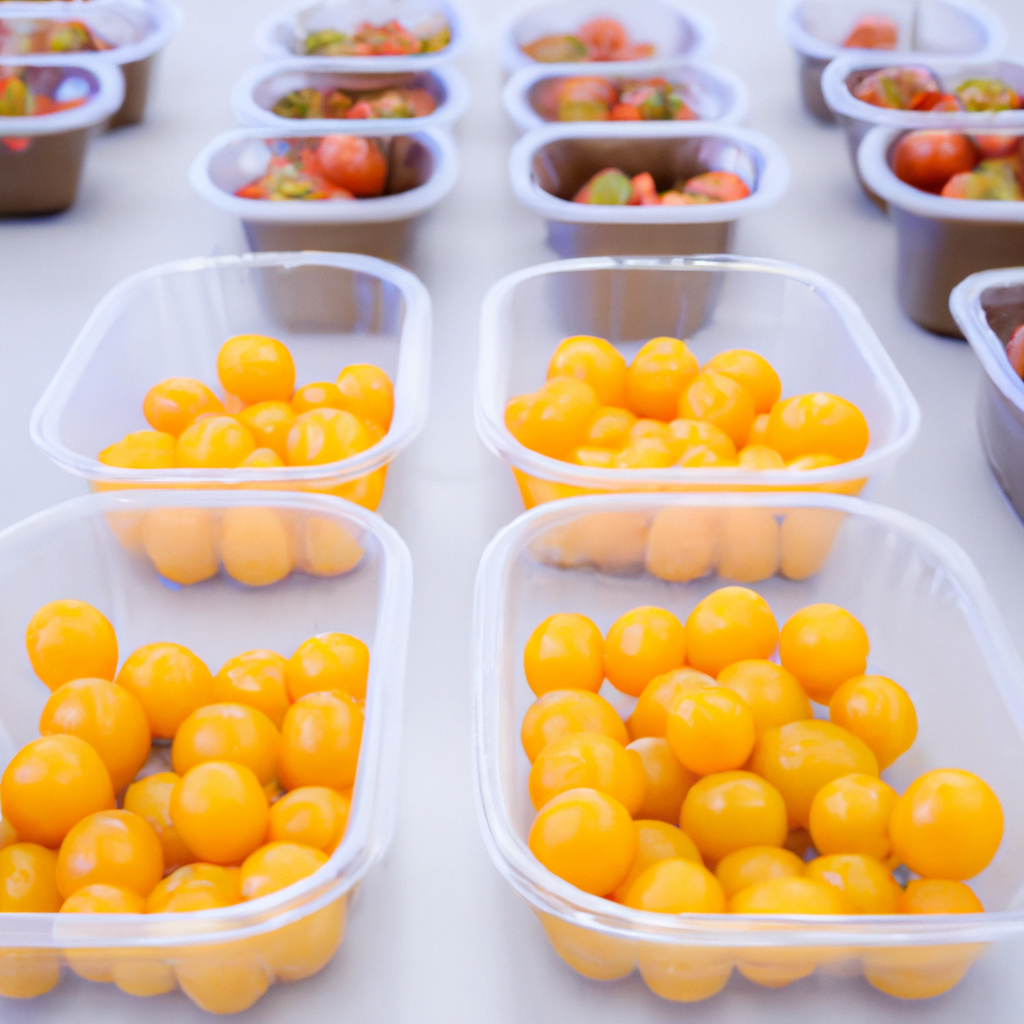**Navigating the Future of Perishable Commodities: Challenges and Innovations**
In the ever-evolving landscape of global trade, perishable commodities such as fresh produce, dairy, meat, and seafood play a crucial role in feeding the world's population. These goods, by their very nature, face unique challenges that can significantly impact their quality, shelf life, and availability. As the demand for fresh and nutritious food continues to rise, the need for efficient and innovative solutions to manage and transport perishable commodities has never been more critical.
This article delves into the intricate world of perishable commodities, exploring the myriad factors that influence their journey from farm to table. We'll examine the latest advancements in preservation technologies, the impact of climate change on supply chains, and the regulatory frameworks designed to ensure food safety and quality. Furthermore, we'll discuss the economic implications for producers, distributors, and consumers alike, and highlight the collaborative efforts required to overcome the hurdles in this dynamic sector.
Join us as we unravel the complexities surrounding perishable commodities and uncover the strategies that are shaping a more resilient and sustainable future for the global food supply chain.
**Title: The Lifecycle of Perishable Commodities: Challenges and Innovations**
Sure, here is an example of how you could structure the section body in HTML:
“`html
<!DOCTYPE html>
<html lang="en">
<head>
<meta charset="UTF-8">
<meta name="viewport" content="width=device-width, initial-scale=1.0">
<title>The Lifecycle of Perishable Commodities: Challenges and Innovations</title>
<style>
body {
font-family: Arial, sans-serif;
line-height: 1.6;
margin: 0;
padding: 0;
}
.container {
width: 80%;
margin: 20px auto;
padding: 20px;
background-color: #f9f9f9;
border-radius: 8px;
box-shadow: 0 0 10px rgba(0, 0, 0, 0.1);
}
h2 {
color: #333;
}
p {
margin-bottom: 20px;
}
</style>
</head>
<body>
<div class="container">
<h2>The Lifecycle of Perishable Commodities: Challenges and Innovations</h2>
<p>
The lifecycle of perishable commodities is a complex journey, starting from the point of production and continuing through to the final consumer. Each stage of this lifecycle presents unique challenges that must be carefully managed to ensure the quality and safety of the products.
</p>
<p>
One of the primary challenges is maintaining optimal storage conditions. Perishable goods require specific temperature and humidity levels to prevent spoilage. Innovations in refrigeration technology, such as smart temperature control systems and advanced insulation materials, have significantly improved the ability to preserve these commodities.
</p>
<p>
Another challenge is the efficient transportation of perishable goods. The logistics of moving these items from farms or factories to markets or retailers must be meticulously planned. Innovations in this area include refrigerated transport vehicles, real-time tracking systems, and improved packaging solutions that extend shelf life.
</p>
<p>
Additionally, there are challenges related to inventory management. Overstocking can lead to waste, while understocking can result in shortages. Innovations in inventory management systems, powered by artificial intelligence and machine learning, help predict demand more accurately and optimize stock levels.
</p>
<p>
The final challenge is ensuring food safety throughout the lifecycle. Contamination can occur at any stage, posing significant health risks to consumers. Innovations such as blockchain technology for traceability, advanced sterilization techniques, and stringent quality control protocols have been developed to address these concerns.
</p>
<p>
In conclusion, while the lifecycle of perishable commodities is fraught with challenges, continuous innovations are helping to overcome these obstacles. By leveraging advanced technologies and improving processes, the industry can enhance the efficiency and safety of perishable goods, ultimately benefiting both producers and consumers.
</p>
</div>
</body>
</html>
“`
This HTML template includes a title, a heading, and several paragraphs discussing the challenges and innovations related to the lifecycle of perishable commodities. The CSS styles included within the `<style>` tags help to enhance the visual presentation of the article.
